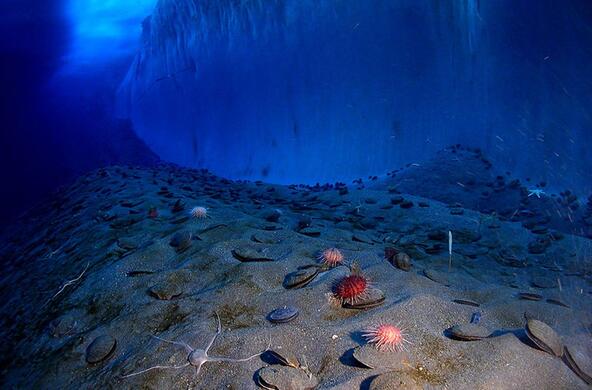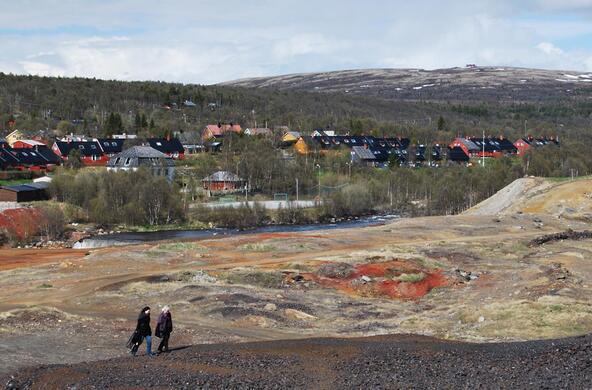You don’t have to look far to see where plastic is discarded to the environment. Roadsides harbor a plethora of plastic bottles; seashores are littered with plastic fishing line and other jetsam of oceanic commerce; airborne plastics are seen hanging from the trees in major cities. We are rapidly becoming a society that will be buried in plastics. Not only unsightly, plastics degrade into smaller particles are dangerous to the health of fishes, humans, and other organisms. Plastic use and disposal is projected to double by 2050.
Each year, about 400 million tons of various plastics are produced, containing about 340 million tons of carbon that is mostly derived from fossil fuels, especially petroleum. This production of plastics also accounts for 4.5% of the global emissions of greenhouse gases to the atmosphere, or 450 million tons of carbon per year—more than the carbon they contain. About 160 million tons of plastic are discarded; 40 million tons in the US alone. Only a small portion is recycled (6%). Some plastic waste (84 million tons/year) is burned, adding about 70 million tons of carbon to the atmosphere as carbon dioxide. Most of the rest of discarded plastic is buried in landfills. Neither of these fates for plastic is helpful in reducing emissions of carbon dioxide and therefore the ongoing rate of climate change.
Large change is needed. One approach would be the gather up and recycle plastics that are discarded. Theoretically, we could reduce the amount of virgin plastic—that produced from petroleum and other fossil fuels—and substitute recycled plastic into the economic cycle. Less plastic would accumulate in the environment; only the carbon dioxide emissions during the chemical processing would remain.
An ideal approach would be to move away from the production of plastics from fossil fuels, in favor of those produced from biomass. If such plastics were buried as waste, it would constitute a removal of carbon dioxide from the atmosphere. If these plastics were recycled, the entire plastic industry could provide a net sink for atmospheric carbon dioxide. We need to incentivize plastic recycling, so we can enjoy plastic products, not fill the environment with plastic waste, and do something good for the climate on the side.
References
Schlesinger, W.H. 2021. Plastics Everywhere – Translational Ecology (duke.edu)
Stegmann, P., V. Dalogiou, M. Londo, D.P. van Vuuren and M. Junginger. 2022. Plastic futures and their CO2 emissions. Nature 612: 272-276.
Stubbins, A., K.L. Law, S.E. Monoz, T.S. Bianchi and L. Zhu. 2021. Plastics in the Earth system. Science 373: 51-55






